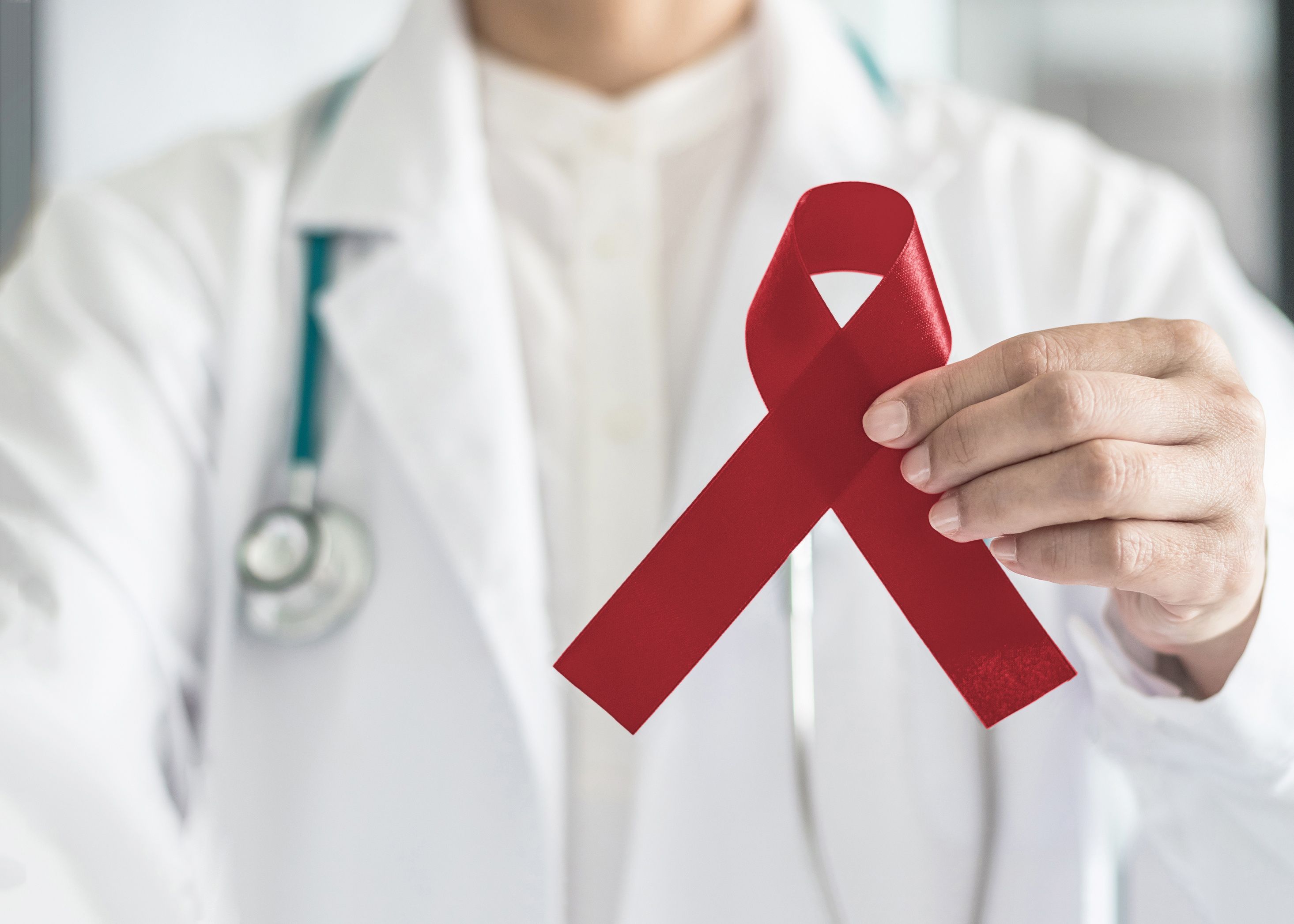Video
Key Comorbidity Considerations for Patients With MCL
Ryan Haumschild, PharmD, MS, MBA, leads a discussion regarding the treatment of relapsed/refractory mantle cell lymphoma in the presence of comorbidities.
Ryan Haumschild, PharmD, MS, MBA: Dr Jain, as we look at the different therapy options for relapsed/refractory mantle cell lymphoma [MCL], what about therapy options based on patient characteristics? You mentioned earlier about how you have to tailor the therapy to the patient. When you think about a patient’s age or comorbidities, what are some of the thoughts that come into your mind? If a patient relapses, does the goal of treatment change based on these parameters? How do you reassess some of these factors when you’re looking at these later lines of therapy?
Preetesh Jain, MBBS, MD, DM, PhD: Very good question. It can be answered in multiple ways. The important things to consider are the type of mantle cell lymphoma and whether it belongs to those very high-risk and very, very high-risk characteristics at the initial diagnosis. Those characteristics are based on the extent of lymphoma, the disease bulk, the type of mantle cells present in the histopathology, and some of the other parameters that our pathologists use to characterize, such as Ki67. The mutation profile is quite significant in initial risk stratification, and of course, the MIPI [Mantle Cell Lymphoma International Prognostic Index] risk score.
If a patient is older with cardiovascular comorbidities, renal insufficiency, or advanced diabetes with adverse effects and organ dysfunction from diabetes or hypertension, then we have to tailor the therapy and use agents that are safe for that patient and can be safely given to that patient. Intensive chemoimmunotherapy [is not available] for those groups of patients because they have poor performance status. At the initial diagnosis, our aim is basically to look into the comorbidities, the extent of comorbidities, and how controlled they are, and to provide low-dose therapies or less intensive therapies to curb the lymphoma and at the same time keep it safe so that the patients won’t get complications of these therapies and worsen their comorbidities. That’s 1 group of patients.
The second group of patients consists of patients who are young and don’t have comorbidities but have a propensity for a preexisting condition to get worse, such as patients who have a previous history of cardiac arrhythmias or cardiac bypass surgeries. In the long-term follow-up, we noticed that these patients have a propensity for their preexisting condition to get exacerbated. You are to carefully judge what treatment options would be suitable.
Michael Wang, MD: As described by Dr Jain, each patient is unique and with their own features. That’s in addition to their laboratory results that are different from day to day, their kidney function, liver function, all the parameters, and the CT scans showing tumor growth. Some tumors will grow big. That’s along with patients’ unique CT [scans] and the ever-changing prognostic factors. We use maybe 10 factors. Tomorrow, there could be another added on to it. Each therapy has their own unique biology, efficacy, and toxicity. Putting all this together is a huge challenge in daily practice. This isn’t only true to mantle cell lymphoma. It’s also true for lymphoma and hematologic malignancies between the doctors and in oncology. How we entertain all this to get the best result for patients with the least adverse effects is truly the art in any experience. It’s difficult at times but we—people like Dr Jain and me—love to do our job and are very proud that we’re able to help patients.
Ryan Haumschild, PharmD, MS, MBA: You talked a lot about some patient-specific factors, which was extremely helpful. You mentioned prognostic factors that you utilize when you’re leveraging therapeutic options. Some that come to mind include the Ki67 index where we describe mitotic division—how fast and how many cells are dividing—and we utilize that to evaluate therapy. You also mentioned the Mantle Cell Lymphoma International Prognostic Index. We use that when we’re looking at patients with advanced-stage mantle cell, along with the 4 factors that we want to stratify patients by. Lastly, there’s PET [positron emission tomography] and CT [scans].
Dr Jain, talk me through that. Our audience is trying to understand those factors and how they play into your treatment selection. Talk to me about the Ki67 index. Specifically, what does it mean? How do you utilize it in therapy? Then talk about the Mantle Cell Lymphoma International Prognostic Index.
Preetesh Jain, MBBS, MD, DM, PhD: As far as the prognostic factors, as Dr Wang mentioned, it’s a moving field. What we think is a good prognostic factor may not hold true in the context of new therapies. But in the current clinical situation, whenever patients come to either of our clinics, we make sure every patient has these prognostic indicators and everything is ordered at the first go so that we get a complete holistic picture of the patient. For example, Ki67 from a node biopsy or tissue biopsy is more relevant and a more prognostic indicator than Ki67 from the bone marrow because it indicates the rate in which the cells are dividing. Generally, the cutoff used is 30% or above, or 50% or above. We’re using 50% or above based on Dr Wang’s vast experience. That clearly stratifies the patient into 2 major groups. Those with Ki67 higher than 50% are high risk, and those with Ki67 less than 50% are low to intermediate risk. This is the way in which we broadly classify. That’s just 1 parameter from tissue biopsy.
Then there are molecular parameters, such as TP53 mutations. They’re significant and impact the patient outcome. Then comes the MIPI risk score, which is similar to the other IPI [International Prognostic Index] scores, which are used in large cell lymphoma. But here, you also take into consideration white blood cell count and then you have the age, stage, IDH level, and modifications of the MIPI score over time. In one of the scores, the simplified MIPI is one of the parameters, but when you add Ki67, it becomes a modified MIPI, which is what we use. Then if you add some of the other parameters, like microRNA DND, it becomes a biologic MIPI.
That’s how it has been changing. It divides into low risk, intermediate risk, and high risk. But when we look at the context of these newer therapies, the MIPI risk score may lose its significance over time. We’ll look at the long term follow-up of these data, but it clearly has been changing. Now we have other parameters in terms of mutation profiling and somatic hypermutation also being incorporated, and some of the other mutations that we have found and reported being of prognostic relevance. They’re coming into the big picture. A conglomerate of the karyotype, blastoid morphology, histopathology, and chromosome changes make patient risk stratification.
Transcript edited for clarity.
Newsletter
Stay informed on drug updates, treatment guidelines, and pharmacy practice trends—subscribe to Pharmacy Times for weekly clinical insights.






